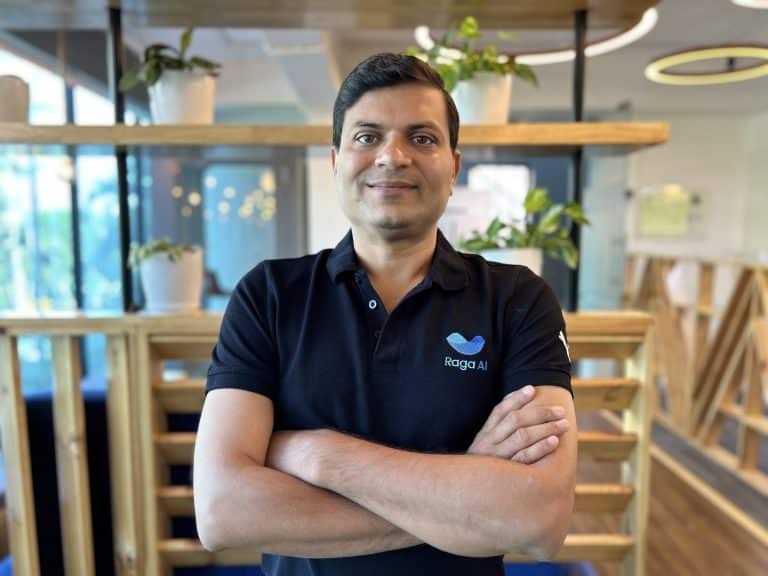Flair is a powerful open-source library for natural language processing. It is mainly used to get insight from text extraction, word embedding, named entity recognition, parts of speech tagging, and text classification. All these features are pre-trained in flair for NLP models. It also supports biomedical data that is more than 32 biomedical datasets already using flair library for natural language processing tasks. Easily integrated with Pytorch NLP framework for embedding in document and sentence.
Humboldt University of Berlin and friends mainly develop flair. The Humboldt University of Berlin maintains the Flair library and has already done more than a hundred industry project implementations and research-based projects using Flair.
Github: https://github.com/flairNLP/flair
Research Paper:
- http://alanakbik.github.io/papers/coling2018.pdf
- https://www.aclweb.org/anthology/N19-4010/
- https://www.aclweb.org/anthology/C18-1139/
Let’s look at Flair’s performance based on the nlp task such as named entity recognition, parts of speech tagging, and chunking with their accuracy in the table below.
Installation:
Using pip:
pip install flair
Source:https://pypi.org/project/flair/
Using conda:
conda install -c bioconda flair
Source:https://anaconda.org/bioconda/flair
Flair Model:
First, import sentences from flair’s data library, then import the model for SequenceTagger. Make a sentence using the Sentence object, then load Named entity recognition on SequenceTagger, then run the code.
For an example of the flair model, see the code below.
from flair.data import Sentence
from flair.models import SequenceTagger
# make a sentence
sentence = Sentence('I love India .')
# load the NER tagger
tagger = SequenceTagger.load('ner')
# run NER over sentence
tagger.predict(sentence)
Flair has the following pre-trained models for NLP Tasks:
- Name-Entity Recognition
- Parts-of-Speech Tagging
- Text Classification
- Training Custom Models
Tokenization:
In the flair library, there is a predefined tokenizer using the segtok library of python. To
use the tokenization just the “use_tokenizer” flag value is true. If not want to implement the write false. We can also define the label of each sentence and its related topic using the function add_tag.
For example, see the code below:
from flair.data import Sentence
# Make a sentence object by passing an untokenized string and the 'use_tokenizer' flag
untokenized_sentence = Sentence('The grass is green.', use_tokenizer=False
# Print the object to see what's in there
print(untokenized_sentence)
In this case, no tokenization occurs use_tokenizer is false.
Source:https://github.com/flairNLP/flair/blob/master/resources/docs/TUTORIAL_1_BASICS.md
Word Embeddings:
Here is the list of embedding in the library. We will learn about flair library in detail, and there code implementation.
Flair Embedding:
Effective embeddings are contextual string embeddings that capture latent syntactic-semantic data that goes beyond standard word embedding. The main differences are:
(1) Without any clear notion of vocabulary, they are educated and thus essentially model words as character sequences.
(2) they are contextualized by their surrounding text, meaning that depending on their contextual use, the same word will have distinct embeddings.
Code:
from flair.embeddings import FlairEmbeddings
# init embedding
flair_embedding_forward = FlairEmbeddings('news-forward')
# create a sentence
sentence = Sentence('The grass is green .')
# embed words in sentence
flair_embedding_forward.embed(sentence)
Training a Text Classification Model:
We are training a text classifier over the TREC-6 corpus, using a combination of simple GloVe embeddings and Flair embeddings.
In this code, import Corpus and TREC_6 for datasets, WordEmbeddings, FlairEmbeddings, and Document RNN Embeddings, TextClassifier, ModelTrainer.
Code:
from flair.data import Corpus
from flair.datasets import TREC_6
from flair.embeddings import WordEmbeddings, FlairEmbeddings, DocumentRNNEmbeddings
from flair.models import TextClassifier
from flair.trainers import ModelTrainer
# 1. get the corpus
corpus: Corpus = TREC_6()
# 2. create the label dictionary
label_dict = corpus.make_label_dictionary()
# 3. make a list of word embeddings
word_embeddings = [WordEmbeddings('glove')]
# 4. initialize document embedding by passing a list of word embeddings
# Can choose between many RNN types (GRU by default, to change use rnn_type parameter)
document_embeddings = DocumentRNNEmbeddings(word_embeddings, hidden_size=256)
# 5. create the text classifier
classifier = TextClassifier(document_embeddings, label_dictionary=label_dict)
# 6. initialize the text classifier trainer
trainer = ModelTrainer(classifier, corpus)
# 7. start the training
trainer.train('resources/taggers/trec',
learning_rate=0.1,
mini_batch_size=32,
anneal_factor=0.5,
patience=5,
max_epochs=150)
Source:https://github.com/flairNLP/flair/blob/master/resources/docs/TUTORIAL_7_TRAINING_A_MODEL.md
Summary
We learn about the Flair open-source library for NLP problems. We also covered the area about NLP and the use of Flair to solve the tasks and their use in the industry. Some important Flair pipelines and their code in the development of pre-trained NLP models.


















































































